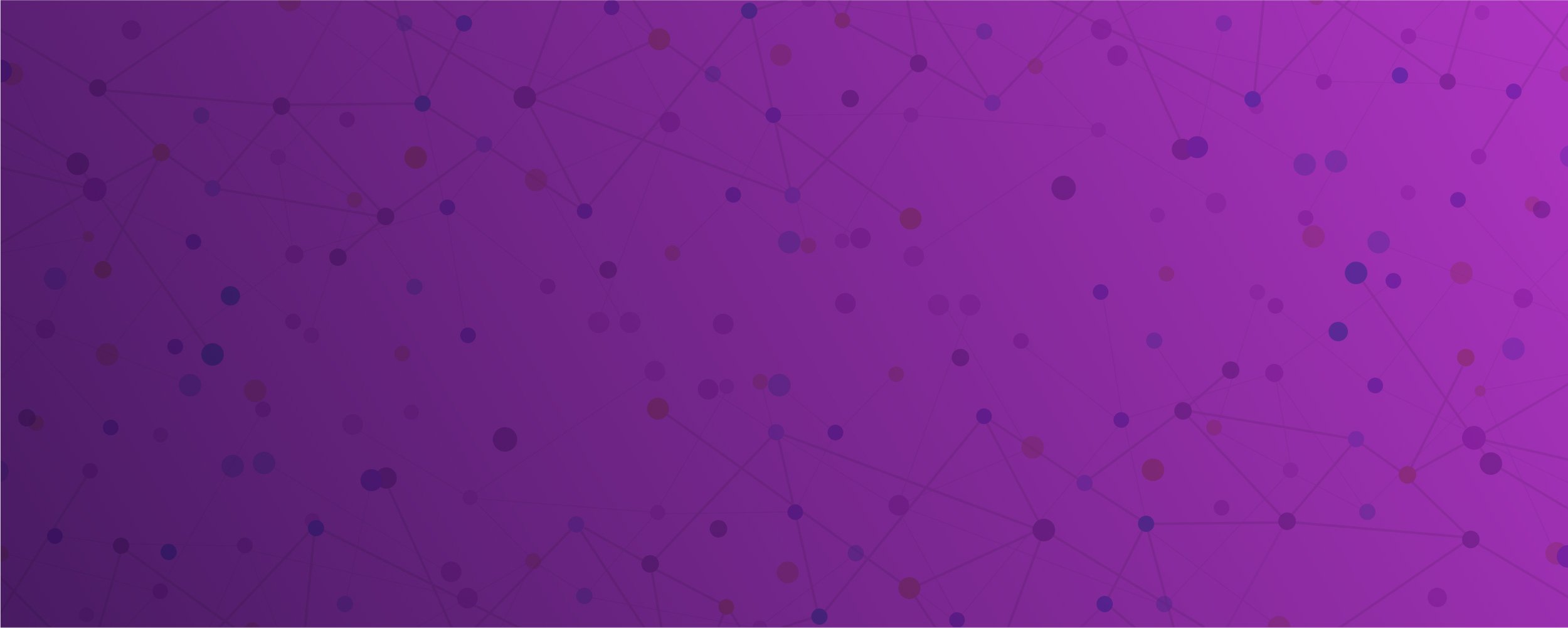
ABOUT
Meet Zahler Design
Partnering with organizations building a more creative, vibrant, and equitable world.
I envision a world where organizations harness joy, delight, and craftsmanship in day-to-day processes as an engine to power greater impact.
Using visual and co-creative techniques, I guide leaders to improve innovation capacity, define sustainable processes, and turn strategy into action. Their successes include …
Going from the seed of a new idea to gaining traction in the market
Telling impressive stories of impact to unlock new funding and relationships
Getting teams on the same page, breaking through old patterns and stalled ways of working
Hi! I’m Kimberly
Designer, musician, artist, strategist—I haven’t followed a typical career playbook. I’ve explored the intersection of classical music, co-creative digital art, business strategy, and decision-making and learning—a mix that didn’t always have a clear path.
This unconventional mix is exactly what powers new perspectives and opportunities.
Early in my career, I performed with orchestras, taught multiple instruments, and started a school of music. This equipped me with a powerful metaphor for collaboration and achievement. I studied flute performance and pedagogy with Denise Westby, Zartouhi Dombourian-Eby, Doriot Anthony Dwyer at Tanglewood; postgraduate studies were with Trevor Wye at The Flute Studio, and William Bennett at The Royal Academy of Music.
I later earned an MA in Emergent Digital Practices from the University of Denver, focusing on game theory, performance art, and collaborative cultures. More recently, I completed a Certificate in Systems Thinking from Cornell University.
Drawing all these experiences together allows me to demonstrate the power of play to help teams develop unique points of view and harmonize together. Together, we chart a path to create new things that are bigger than any one individual.
When not leading workshops, I love reading, exercise, painting, playing piano, and making art out of found objects.

Design Leadership workshop at World IA Day Pittsburgh (2019)

Learning Experience Design workshop at LXDCON Amsterdam (2019)

Human-Centered Design workshop (2017)
Let’s Talk
Drop a line to say hello, or start a conversation about meaningful design work in the world. I’d love to meet you!




